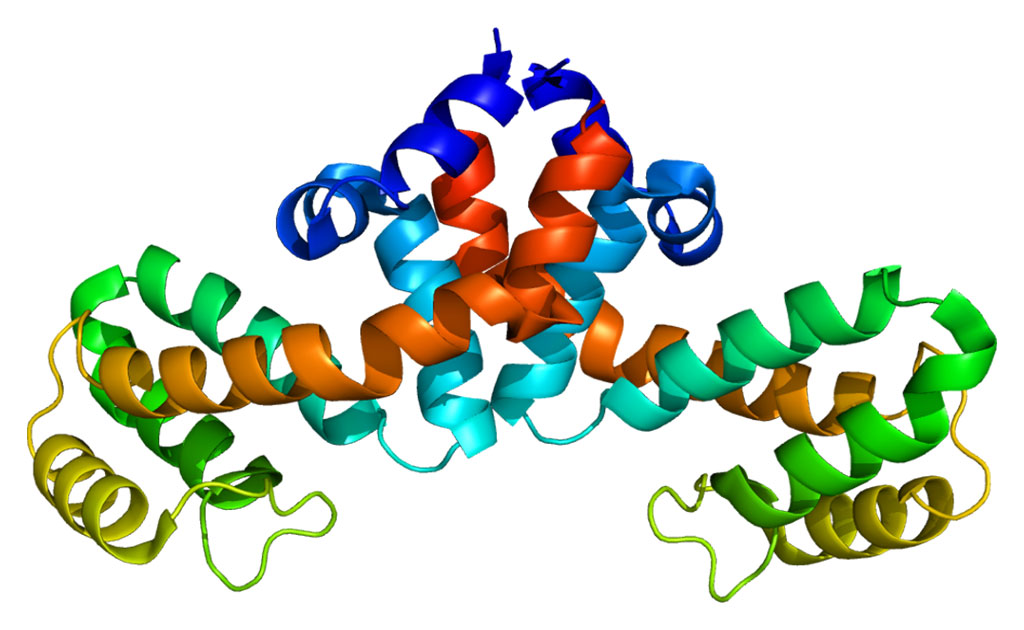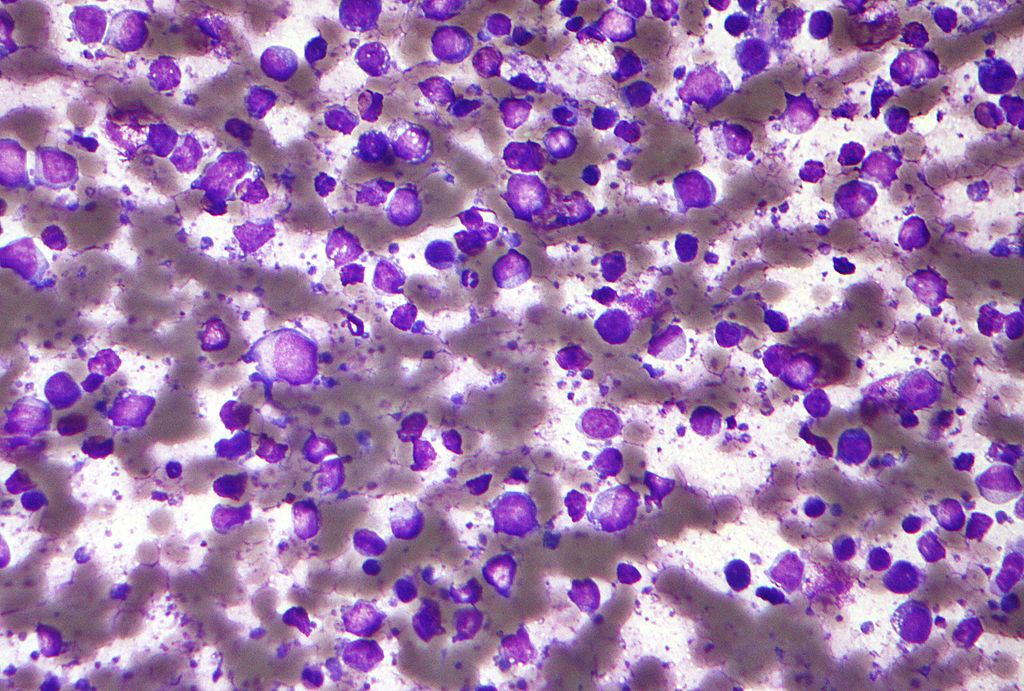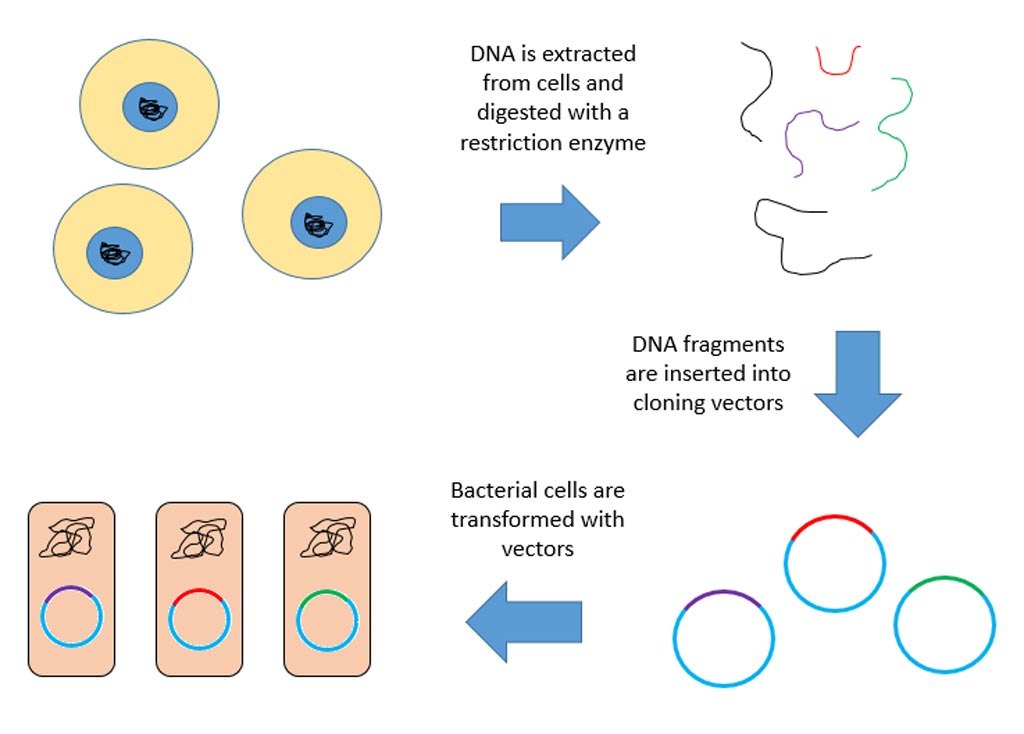Computer Model Helps Explain Why Some Proteins Misfold
By LabMedica International staff writers
Posted on 09 May 2011
A computer model that emulates the conditions that exist inside the cellular endoplasmic reticulum has provided information regarding the factors that cause proteins to misfold and aggregate, characteristics of diseases such as Alzheimer's disease and diabetes.Posted on 09 May 2011
Investigators at the University of Michigan (Ann Arbor, USA) used a continuous flow reactor model of the endoplasmic reticulum to study proteins that misfold and their interaction with "bystander” proteins that somehow contribute to the process that lead to misfolding. This process often displays a threshold behavior characterized by a sudden shift between nontoxic to toxic levels of misfolded proteins.
They reported in the April 20, 2011 issue of Biophysical Journal that slight changes in the bystander protein-residence time in the endoplasmic reticulum or the ratio of basal misfolded to bystander protein inflow rates can trigger the threshold behavior in protein misfolding.
"There are many diseases, including cystic fibrosis, Alzheimer's disease, Huntington's disease, Parkinson's disease, and diabetes that are products of improperly folded - but potentially functional - proteins,” said senior author Dr. Santiago Schnell, associate professor of molecular and integrative physiology at the University of Michigan. "These diseases are known as protein folding or conformational diseases.”
"Our model proposes a couple of remedies for recovering a patient's own misfolded proteins so they become correctly folded and functional proteins again,” said Dr. Schnell.
"The first remedy is giving the patient a higher concentration of correctly folded proteins to increase the ratio of folded over misfolded proteins. An improved ratio will prevent attack by misfolded proteins. The second remedy is administering drugs to patients to help the proteins fold correctly and to accelerate the folding of proteins, which reduces the chances of misfolding during protein synthesis.”
Related Links:
University of Michigan














